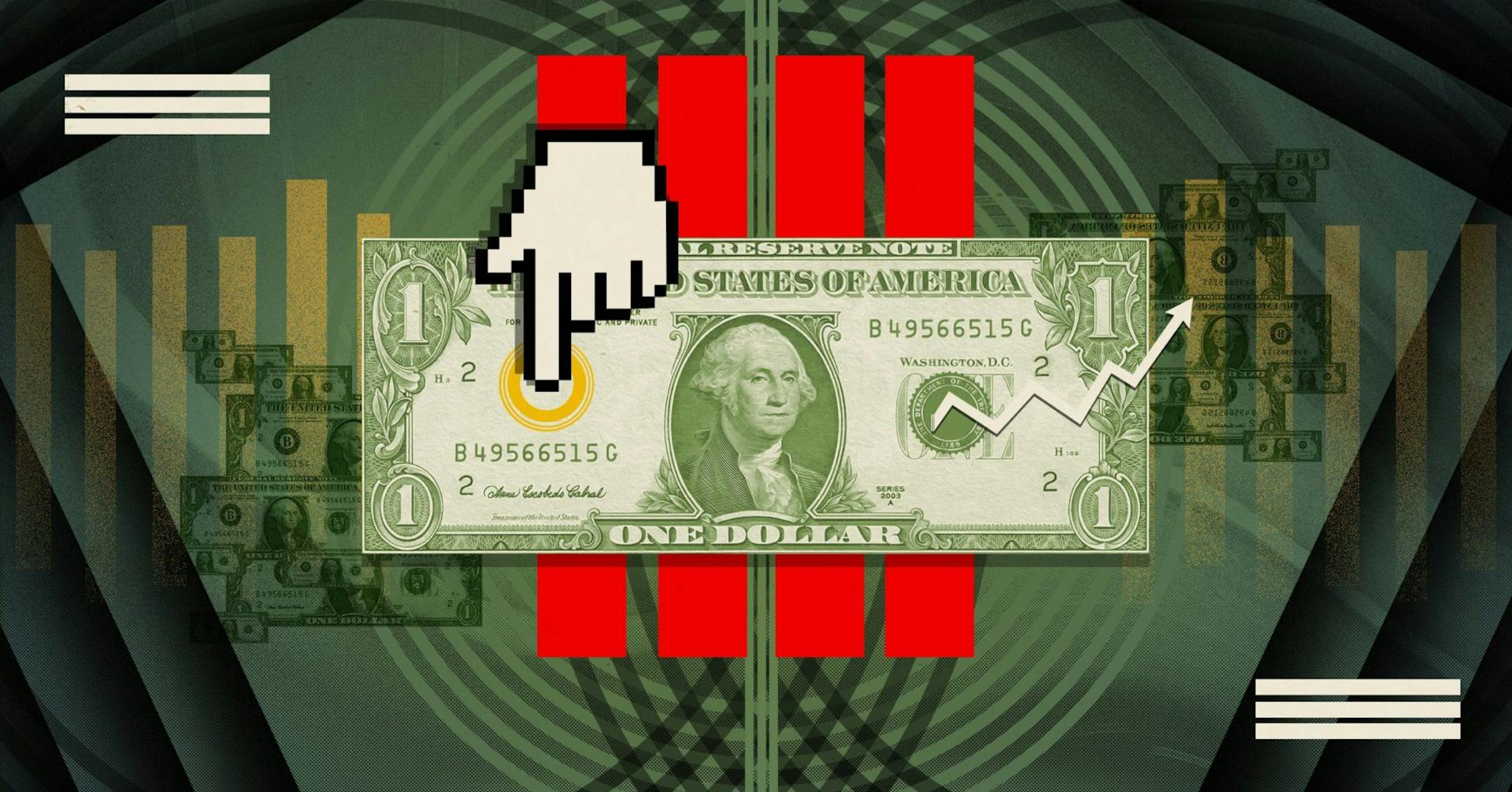
When it comes to film distribution, the digital cinema package (DCP) has become a standard format used by theaters worldwide. However, navigating the world of DCP film costs and understanding the DCP file format can be a bit overwhelming for those who are new to this essential part of the film industry. In this article, we’ll explore the DCP film cost, what factors contribute to the price, and provide insights into the DCP file format that is crucial for ensuring your film is shown in digital theaters.
What is a DCP and Why Does It Matter?
A DCP (Digital Cinema Package) is a collection of digital files that allows a movie to be projected in digital theaters. This format was developed to replace traditional film prints and provide a more efficient way of delivering films to cinemas. For filmmakers, understanding the DCP file format is critical because it ensures compatibility with digital projectors in theaters.
A DCP file typically includes video, audio, and metadata files that are necessary for the movie to play correctly on the big screen. The structure and encoding of the files are designed to meet the technical specifications of digital cinema standards, making the DCP file format universally compatible with cinema projection systems worldwide.
What Determines DCP Film Cost?
The cost of creating a DCP film can vary based on several factors, and filmmakers need to consider these aspects when budgeting for a project. The DCP film cost is typically determined by the length of the film, the complexity of the video and audio files, and the quality of the final product.
- Film Length and Resolution: The duration of the movie plays a significant role in the cost of creating a DCP. Longer films require more data storage and processing, which can increase the overall price. Additionally, higher resolution films, such as those in 4K, will incur higher costs due to the larger file sizes and the increased computational effort required to encode and store the files.
- Audio and Video Mastering: If a film has complex sound design or high-quality visuals, additional mastering work might be required before creating the DCP. This includes adjusting color grading, ensuring audio synchronization, and encoding the files into the proper format. These services can contribute significantly to the final cost.
- Post-Production Services: After a film is shot and edited, post-production services such as color grading, sound mixing, and mastering play an essential role in preparing the film for DCP conversion. Professional post-production services can add to the overall DCP film cost, depending on the level of quality and expertise required.
- Additional Features and Customization: Some filmmakers may want additional features such as subtitles, special effects, or custom encoding for specific theaters. These extra services can also influence the final price of the DCP package.
Exploring the DCP File Format in Detail
The DCP file format is an industry-standard file structure that allows films to be distributed digitally across cinema screens. This format ensures the highest quality playback, with specific technical requirements for video and audio content.
A standard DCP includes multiple components, such as:
- MXF (Material Exchange Format): This file format contains the video and audio content, typically encoded in JPEG 2000 for video and PCM (Pulse Code Modulation) for audio.
- XML Metadata: This file contains essential information about the film, such as the title, director, and language options. It also specifies the timing and sequence of the playback.
- Audio and Subtitle Files: Separate files are used to manage audio tracks in different languages or formats, as well as subtitle files that sync with the film.
For a DCP to function properly in theaters, it must meet the specific standards outlined by the Digital Cinema Initiatives (DCI). The files must be encoded correctly to ensure that the picture quality is preserved, and the sound is perfectly synchronized.
How to Calculate DCP Film Cost for Your Project
Understanding the various factors that affect the DCP film cost is crucial when budgeting for your project. To get an accurate estimate, it’s important to consult with professionals who specialize in DCP creation. Many companies offer services to convert your film into the DCP format, and the price will often depend on the specific services you require.
Before starting, make sure to discuss the length of the film, resolution preferences, and any special audio or video mastering needs with your DCP service provider. This will help you better understand the potential costs associated with creating a DCP for your film. Additionally, if you need additional services like custom encoding or subtitle files, be sure to factor those costs into your overall budget.
Why Is DCP Film Format the Future of Cinema?
The DCP file format has become the gold standard for film projection in digital theaters. It offers a level of quality, security, and efficiency that traditional film prints cannot match. Moreover, as more cinemas adopt digital projectors, the need for DCP films continues to grow. Filmmakers who want to distribute their work to a global audience need to ensure their films are available in the DCP format.
By choosing the right DCP provider and understanding the costs involved, filmmakers can ensure their movies are properly formatted for theatrical release, providing the intelligent possible experience for audiences worldwide.
Conclusion
When preparing a film for digital release, understanding both the DCP film cost and DCP file format is essential for a successful distribution. The cost can vary depending on factors like film length, resolution, and the level of post-production work required, while the DCP file format ensures that your film will meet the necessary standards for digital cinema projection. To learn more about DCP creation and how to prepare your film for theaters, visit cinematiq.com, where you can find expert advice and services to help with your project.








